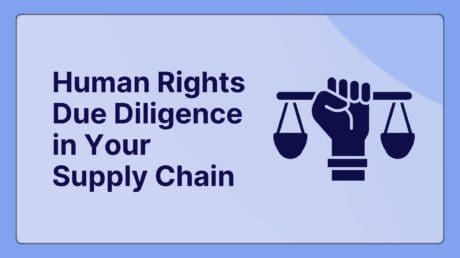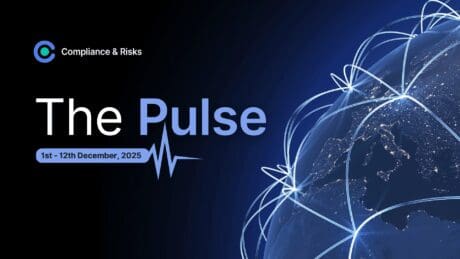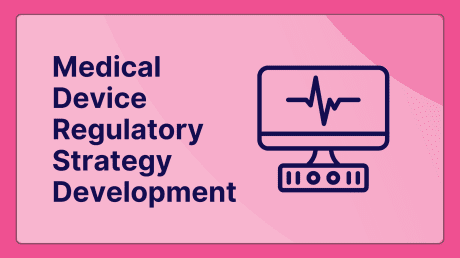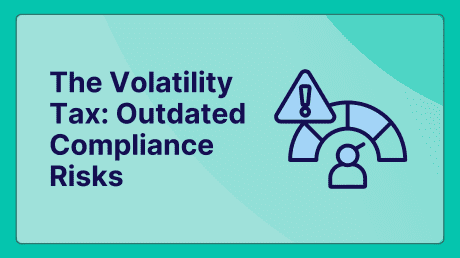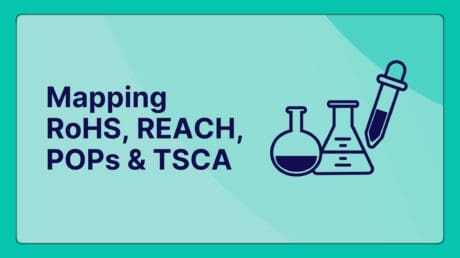
The Biweekly Pulse: 5th – 16th May 2025
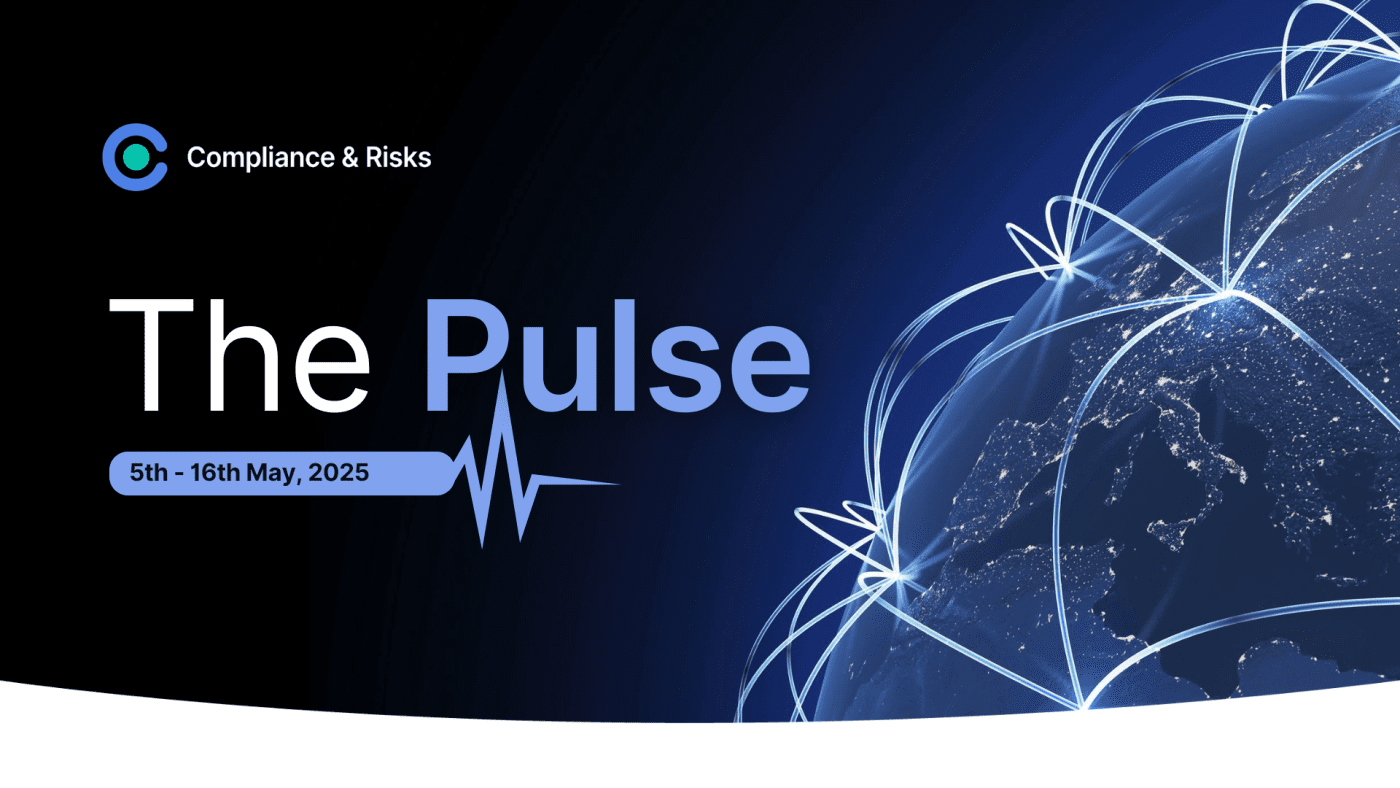
The Pulse was originally posted on 21st May, 2025. Further regulatory developments may have occurred after publication. To keep up-to-date with the latest compliance news, sign up to our newsletter.
Check out what’s hot in our regulatory world with The Pulse! The Pulse is your biweekly source for global regulatory insights.
This week’s trending sources in C2P
- Compliance & Risks: A New Era of Product Cybersecurity: Navigating Regulatory Developments in 2024-2025, Whitepaper, May 2025
- EU: Study Analyzing the Possible Application of ‘Common Charger’ Requirements to Radio Equipment not Covered by Directive (EU) 2022/2380, Report, May 2025
- Compliance & Risks: ESG Regulatory Developments in the US, Webinar Presentation, May 2025
What is our Content Team talking about?
EU prepares to designate only four high-risk countries under EU Deforestation Law
by Hannah Janknecht, Regulatory Compliance Specialist
The EU Deforestation Regulation (EU) 2023/1115 requires the European Commission to publish a benchmarking system by 30 June 2025, assigning all countries and regions worldwide a low, standard, or high risk deforestation status. The risk classification determines the level of scrutiny that operators and traders must apply in their due diligence procedure. A high-risk status furthermore leads to increased frequency of official checks. For high-risk countries, authorities must check at least 9% of operators and 9% of the quantity of each relevant product annually. For standard-risk countries, the requirement is only 3%.
While the official list of high-risk countries has not yet been officially published, several news outlets report that the EU Member States have approved the list of countries with a high risk of deforestation this week on Monday. Based on these reports, the EU is planning to designate Belarus, North Korea, Myanmar, and Russia as high-risk countries, all of which are currently already under EU or UN sanctions.
This decision comes after months of negotiations from major forest product exporting countries such as Brazil, Malaysia, and Indonesia, who have lobbied to stay off the list of high-risk countries.
The list has been widely criticized by environmental NGOs, including Earthsight, who state that the decision does not reflect real-world conditions:
“This decision makes no sense,” said Sam Lawson, Earthsight’s Director. “The countries identified as high-risk include none of those best known for suffering from deforestation to supply EU markets and cited by the EU as justifying the law’s existence. They represent just 0.07 per cent of the wood, palm oil, coffee, cocoa, rubber and cattle products coming into Europe. The law was created to address risks in EU imports – classifying only 0.07 per cent of imports as high-risk undermines its very purpose.”
What are our Knowledge Partners talking about?
The US PFAS strategy and extending PFAS reporting deadlines
by RINA
The US PFAS Strategy
In its PFAS strategy, the U.S. Environmental Protection Agency (EPA) aims to:
- Make it possible to find PFAS; many have no test methods currently, so can’t be monitored or controlled;
- Record where PFAS is intentionally used, via the reporting rule;
- Have companies assess the health and environmental risk from the PFAS, under TSCA section 4, starting with volatile PFAS; and
- Make sure disposal can be done safely, through guidance on the effectiveness of available destruction and disposal treatment technologies.
The EPA has a PFAS agency lead to coordinate and lead across all these areas.
More Time for Businesses
U.S. EPA has lengthened the time companies have to respond to the Toxic Substances Control Act (TSCA) PFAS reporting rule. The reason given is that the EPA’s data portal requires a longer rigorous testing period. Because PFAS is so common, the capacity and robustness of the database is paramount. The delay is welcomed because data gathering about intentionally added PFAS use across all imported products for the time range 2011–2022 is very time consuming, particularly in complex articles. The start date of 11 July 2025 will be moved back to 13 April 2026. The final day for submission is now 13 October 2026, with an alternate end date for small manufacturers reporting exclusively as article importers of 13 April 2027.
Could There Be Scope Reductions? Could Imported Articles Be Taken Out of Scope?
A coalition of chemical companies directly impacted by the reporting requirements for PFAS have petitioned that the typical TSCA 8(a) reporting exemptions should apply to the requirement to report PFAS under TSCA. Currently impurities are excluded, because the requirement only covers intentionally added PFAS. If the petition is successful, then byproducts, non-isolated intermediates, manufacture in small quantities (2,500 pounds (lb)), and imported articles would also be excluded. Excluding imported articles would have a very large impact on importers; however, it is known that PFAS enters into the USA in articles, and the OECD PFAS list clearly shows different PFAS in use in China, the EU, and Japan. The EPA may choose to include imported articles to ensure all types of PFAS present in the US are identified.
What are our clients asking about?
“Are there specific requirements about F-gases at national level in the EU, concerning tariffs/taxes and reporting requirements?”
Answered by Dieudonné Ymedji, Senior Regulatory Compliance Specialist
EU Member States can and do have specific national-level requirements related to F-gases. These often concern implementation, enforcement, and additional measures that go beyond the EU-wide rules. In this regard, France, Denmark, Lithuania, Hungary, Malta, Germany national implementing measures of the EU F-gases regulation 2024/573 set out:
- Polluter pays principles requiring entities responsible for F-gases emissions to cover the costs associated with their elimination;
- Penalties for violations of regulations regarding F-gas emissions;
- Minimum requirements for the certification of personnel and companies handling F-gases;
- Specific requirements for leak-prone equipment; or
- More detailed or additional national reporting obligations to national environmental agencies.
Concerning tariffs or taxes, it appears that Spain and Denmark are currently the only member states that impose specific tariffs on F-gases or green taxes on certain industrial greenhouse gases, including F-gases, to encourage the use of lower global warming potential (GWP) alternatives. Meanwhile, other countries, such as France, Poland, Germany, and Sweden, have implemented an environmental tax that likely includes F-gases.
Stay Ahead Of Regulatory Changes with The Pulse
Want to stay ahead of the regulatory developments featured in this edition of The Pulse?
The information in The Pulse is taken from C2P. Accelerate your ability to achieve, maintain & expand market access for all products in global markets with C2P – your key to unlocking market access, trusted by more than 300 of the world’s leading brands.
C2P is an enterprise SaaS platform providing everything you need in one place to achieve your business objectives by proving compliance in over 195 countries.
C2P is purpose-built to be tailored to your specific needs with comprehensive capabilities that enable enterprise-wide management of regulations, standards, requirements and evidence.
Add-on packages help accelerate market access through use-case-specific solutions, global regulatory content, a global team of subject matter experts and professional services.
- Accelerate time-to-market for products
- Reduce non-compliance risks that impact your ability to meet business goals and cause reputational damage
- Enable business continuity by digitizing your compliance process and building corporate memory
- Improve efficiency and enable your team to focus on business critical initiatives rather than manual tasks
- Save time with access to Compliance & Risks’ extensive Knowledge Partner network
Keep Your Finger on the Pulse of Regulatory News!
Join 30,000+ compliance professionals for monthly updates on hot compliance issues, market insights on the latest trends, and free regulatory webinars and whitepapers
